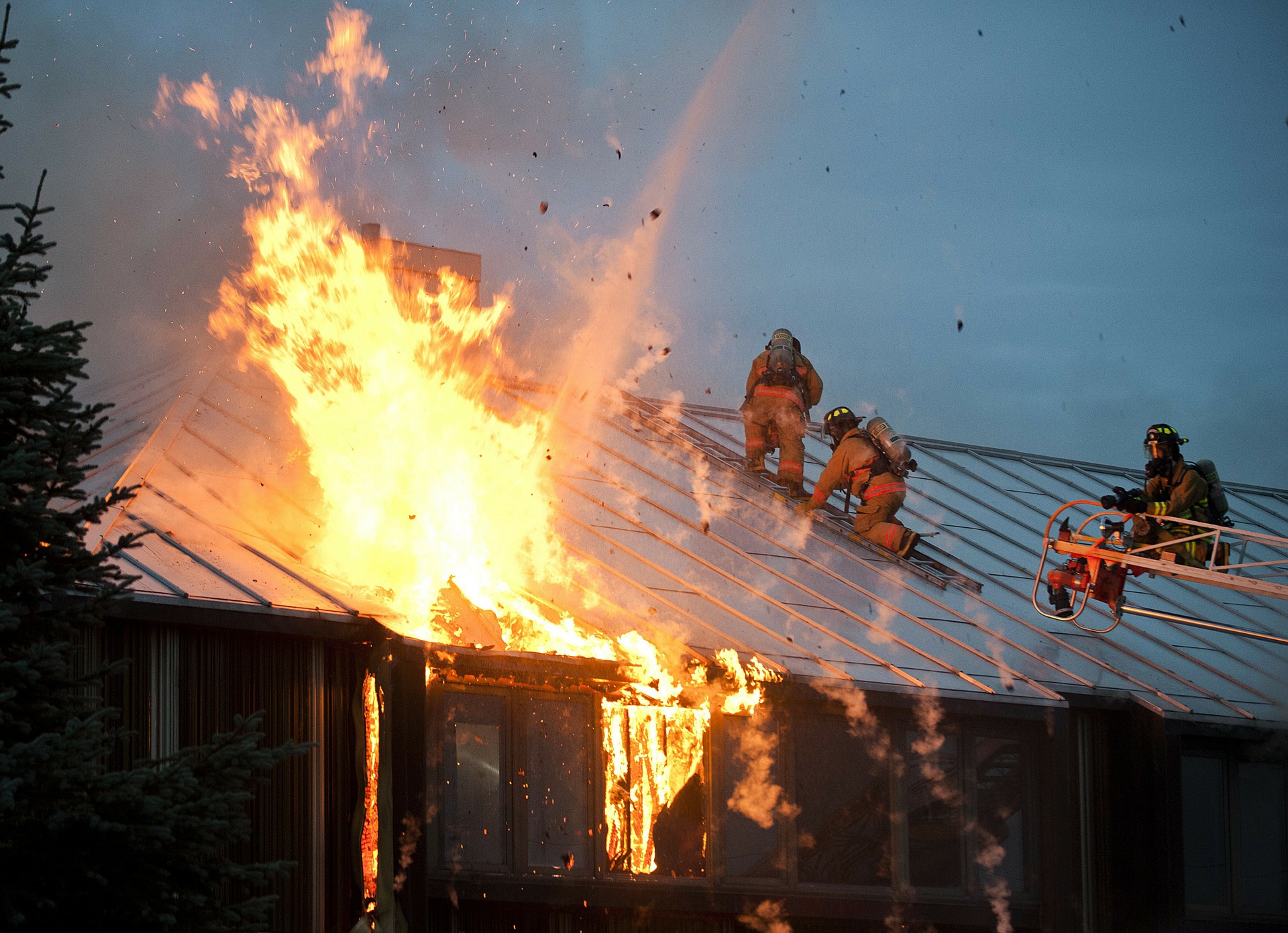Chapters
Chapter 4 – Risk-Benefit Analysis

https://pixabay.com/photos/fire-flames-building-house-home-89353/
The Risk vs Benefit Analysis is a key component to the IC’s size-up when deciding on a strategic mode. The Fire Department will “risk a lot to save a lot”, “risk a little to save a little” and “risk nothing to save nothing”
Risk a lot to Save a Lot
The IC will determine that there is a high chance of survivability and they have a strong chance of rescuing an occupant, protecting property or the environment. They will assign crews to do an aggressive fire attack and search while risking the health and potential death of a firefighter. These risks could include floor collapse, roof collapse, medical emergency, flashovers and backdrafts. An offensive attack with multiple crews entering a two-story house with a compartmentalized fire and heavy smoke with reports of a trapped child would be risking a lot to save a lot.
Risk a little to save a little
The IC will determine that there is a low to moderate chance of survivability or protecting the structure, property or environment. While there may be the potential for a patient to be rescued, the fire might need to be controlled before the firefighters enter the structure. A quick attack from outside the structure to darken the fire may allow the firefighters to then enter and perform their tasks.
Risk nothing to save nothing
The IC will determine that there is no benefit to risking the firefighters’ life, safety and health when there are no signs of survivability or damage to the property/environment is too great. Significant fire involvement, extreme heat or building collapse would lead the IC to this decision. This would become a defensive fire, and firefighters would attack it from outside only.
Contributing factors into the Risk vs Benefit Analysis
Time of Day
Is the building occupied? At night, a house is expected to have people inside vs daytime when they might be at work/school
Is it a Holiday/Stat or a regular workday
Vehicles
Are there cars parked in the driveway/parking lot, or is the driveway/parking lot empty
On Scene Reports/Indications
Occupant indicates there are people still inside the structure
Neighbours can inform you if the family is away on holidays, or if they are normally home at this time
Are there children who should be at school, or toddler aged children who would normally be home with a parent
Are there elderly, handicap or special needs people inside the house
Is the house abandoned/boarded up/slated for demolition
Smoke & Fire Conditions
Is there significant fire involvement throughout the house
Is the fire through the roof/has the roof collapsed
Is the fire isolated to a single room
Are the smoke conditions favourable for an occupant to survive
Where is the fire located
Structural Specific
How long has the fire been burning, and has it started to affect the frame structure
What type of building construction
What is the layout of the building
Are there sprinkler systems/shelter-in-place procedures
What is the Occupancy Class
Fire Department Specific
Is there a water supply available
How close is the next in Apparatus
Is there a RIT team

